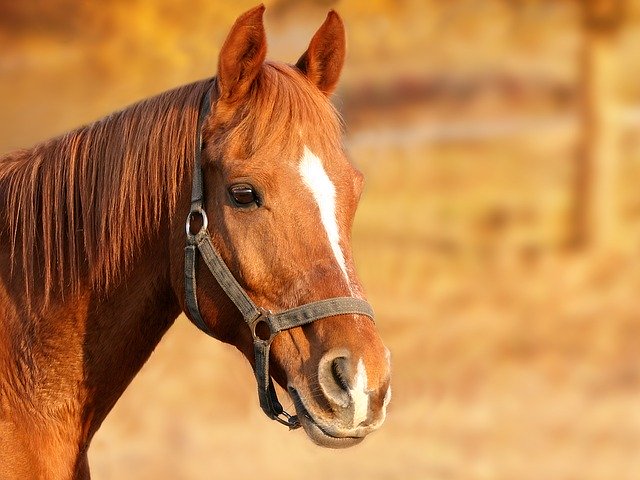Kissing Spine in Horses and Humans
Horses are pretty popular in our area, as our main office is in Saratoga Springs, NY. Even when the track isn’t open, it’s not uncommon to see horses grazing in fields of local farms and residences. Like humans, horses have a spine. Unfortunately, also like humans, problems with a horse’s spine can become very painful for the horse. One condition that both horses and humans can get is called Baastrup’s Sign. It’s commonly referred to as Kissing Spine.

What is Baastrup’s Sign?
Many spinal disorders are caused by problems with the intervertebral discs. They can harden, bulge, or burst, causing bones to rub together or put pressure on nerves. This is not the case with Baastrup’s Sign. With this disorder, the intervertebral discs are their normal height. Instead, Kissing Spine is caused by the bones of the spine, the vertebrae themselves.
With Baastrup’s Sign (or Kissing Spine), the bones in the lower part of the spine (lumbar region) become enlarged. The enlarged areas of neighboring vertebrae can then touch (or kiss). With motion, the bones then rub together, causing pain.
What Causes Kissing Spine?
The bony growths, or calcifications, on the vertebrae are most often caused by repeated trauma.
In horses, some believe the weight of the horse’s tack and rider can contribute to the horse developing Kissing Spine. However, evidence of this condition has been identified in horse skeletons from long ago.
Treatment Options
Initial treatment options for Baastrup’s Sign include anti-inflammatories and steroid injections. Based on the severity of the condition, surgery may also be an option.
